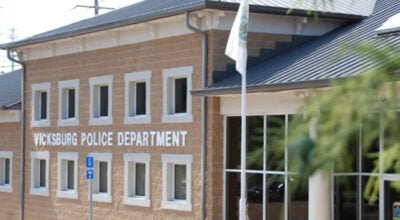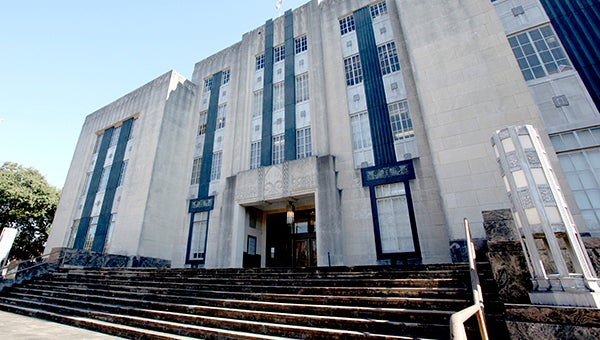County chastised for not maintaining historic buildings
Published 11:00 am Thursday, April 24, 2014
Members of the city’s Board of Architectural Review Tuesday criticized the Warren County Board of Supervisors for failing to maintain two aging buildings on Adams Street before approving five-month stays on each building, delaying plans by the county to raze them.
The buildings in question are the county’s former justice court building at 1019 Adams St. and an adjacent house at 1015 Adams that at one time served as a law office. Both buildings are in Vicksburg’s Historic District and are due east and behind the Warren County Courthouse.
The brick, yellow-trimmed former courthouse at 1019 Adams St. was completed in the 1870s as a house and was once a law office of John Prewitt before he became a circuit judge. The county bought the building in 1984, to be home to its three justice court districts. The judges were moved to 921 Farmer St. in 2002, and the building essentially became a storage bin.
The smaller house was built in the 1890s and was home to Verhine & Verhine law firm from 1991 to 2012, according to city directories.
The Board of Architectural Review in 2004 and 2005 issued three, 180-day stays of demolition as it waited for a plan of action by the county to either renovate, sell, lease or raze the buildings
“The last stay (on the buildings) lasted 10 years,” Architectural Review board member Harry Sharp said Tuesday.
The supervisors have 10 days to appeal the board’s decision to the Board of Mayor and Aldermen.
Board of Supervisors President Bill Lauderdale expects the supervisors to discuss the decision, but did not know if it will be appealed. The supervisors meet May 5, but he said he might call a meeting earlier to discuss the decision.
While he respected the review board’s decision, “I feel it was a bit one-sided as far as the listening was concerned.”
Chuck Thornton, county buildings and grounds superintendent, said the buildings are in bad shape, adding the roof of the old justice court building is falling in.
“It’s not anything that just occurred, it’s been going on for approximately 12 years,” he said. “The roof is split. We’ve put metal across the top to keep the roof together, but on the south side it’s beginning to fall down and rain is getting in. It’s got a lot of mold in it, a lot of varmints in it.”
He said the building has no heating or air conditioning.
Board member Harry Sharp asked Thornton if the county tried to lease the building or find another use for it. He also questioned why the building had not been maintained since justice court moved.
“Do you feel this is a good example of how historic buildings should be dealt with in the county?” Sharp asked. “By neglecting it?”
If he had the funds in his budget, Thornton said, “I would have no objection to fixing it up.”
“All I can say is personally, from the taxes I pay, I can’t see why you don’t have the budget to fix it,” Sharp said.
Lauderdale said the board would consider selling the buildings, but no one has approached the county about buying them or made an offer.
“The buildings are not valuable to us. The property’s valuable to us,” he said, adding they were close to other property the county owns.
“Anything that we would have to do or build in the future, that property would be valuable to us,” he said, adding he would have no objection to someone buying the buildings and relocating them.
“If someone wanted the building or wanted to demolish it for the parts, I don’t think the board would object to that,” Lauderdale said.
Sharp said the building was valuable to the community because of its history.
Board member Dorwin Shields added the buildings’ loss “would hurt the fabric of the historic district.”
Lauderdale said the supervisors were limited by state law on how they can use the county’s tax revenue.
“It’s very specific what we can do with the moneys we get,” he said. “We’ve got a lot of needs. Our courthouse, right now, and other building we own, have needs, and to get those things we need done right now, we don’t have those funds. So we’re definitely not going to go on a building we don’t need that we feel could be better off somewhere else.”
“It’s called demolition buy neglect, Bill,” board chairman Toni Langford Ferguson said. “Because they were not maintained. You happen to be in the historic district, unfortunately for you, and there’s an ordinance that regulates this.”






